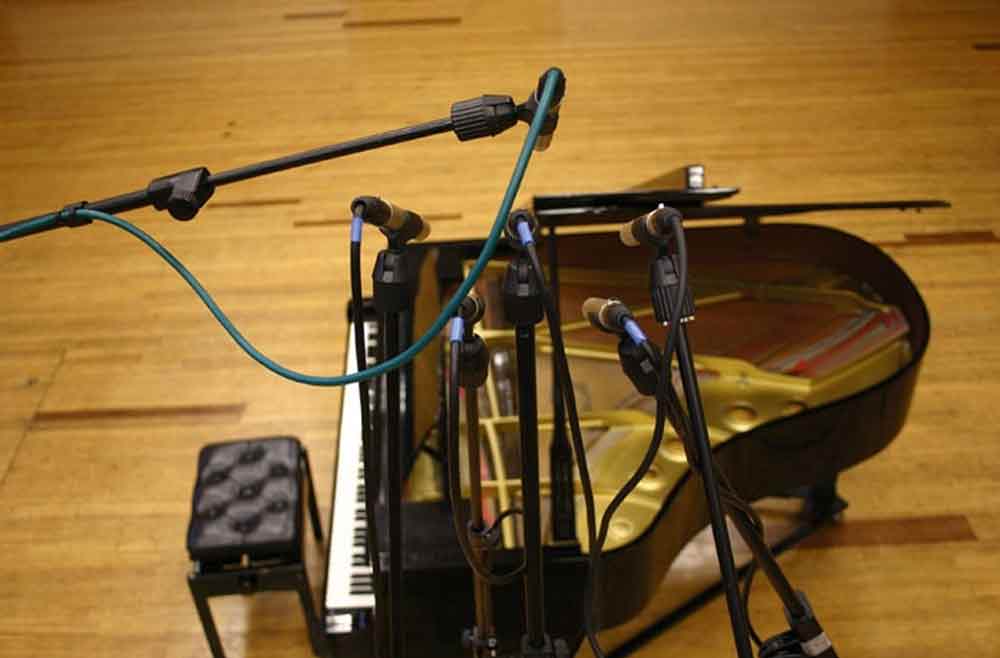Microphone Techniques Most microphones have a distinctive sound character that’s based on its specific type and design. A large number of types and models can be used for a variety of applications, and it’s up to the engineer to choose the right one for the job. Over the years, I’ve come to the realization that...

Microphone Techniques
Most microphones have a distinctive sound character that’s based on its specific type and design. A large number of types and models can be used for a variety of applications, and it’s up to the engineer to choose the right one for the job. Over the years, I’ve come to the realization that there are two particular paths that one can take when choosing the types and models of microphones for a studio’s production toolbox. These can basically be placed into the categories of:
Selecting a limited range of mics that are well suited for a wide range of an applications.
Acquiring a larger collection of mics that are commonly perceived as being individually suited for a particular instrument or situation. The first approach is ideal for the project studio and those who are just starting out and are on a limited budget. It is also common practice among seasoned professionals who swear by a limited collection of their favourite mics that are chosen to cover a wide range of applications. These dynamic and/or condenser mics can be used both in the project studio and in the professional studio to achieve the best possible sound on a budget.
The second approach (I often refer to it as the “Alan Sides” approach) is better suited to the professional studio (and too personal collectors) who actually have a need or desire to amass their own “dream collection” and offer it to their clients. In the end, both approaches have their merits. … Indeed, it’s usually wise to keep an open mind and choose a range of mic types that best fit your needs, budget and personal style.
Choosing the appropriate mic, however, is only half the story. The placement of a microphone will often play just as important a role and is one of the engineer’s most valued tools. Because mic placement is an art form, there is no right or wrong. Placement techniques that are currently considered “bad” might easily be the accepted as being standard practice five years from now … and as new musical styles develop, new recording techniques will also tend to evolve, helping to breathe new life into music and production. The craft of recording should always be open to change and experimentation—two of the strongest factors that keep the music and the biz of music alive and fresh.
Pickup characteristics as a function of working distance
In studio and sound-stage recording, four fundamental styles of microphone placement are directly related to the working distance of a microphone from its sound source. These extremely important placement styles are as important as any tool in the toy box:
1) Distant Miking
2) Close Miking
3) Accent Miking
4) Ambient Miking
For More Detailed Knowledge of Microphone Techniques and Other Sound Recording Techniques Join Our Sound Engineering Course. We at ADAPT gives the detailed knowledge of Sound and Audio Production. Join us to be the knowledgeable.
For more information about our Sound Engineering and Audio Production Courses visit us and get a free counseling session.







